| Tuesday, November 12, 2019 | |
Challenges for Moore’s Law |
|
| Chair |
Markus Pfeffer, Group Manager, Fraunhofer IISB

 Biography |
| 13:00 | Challenges for the end of Moore Law |
Francis Balestra, Director of Research CNRS, CNRS-Grenoble INP Challenges for the end of Moore Law
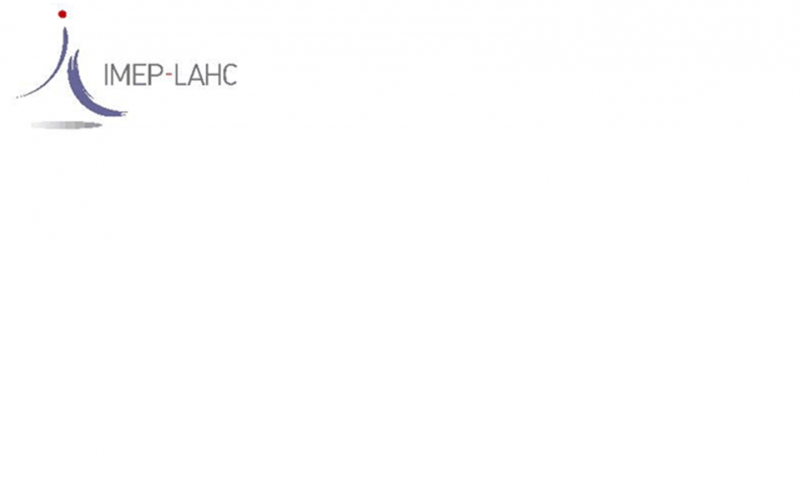 Abstract Biography |
|
| 13:25 | EU consortia joining forces to tackle challenges of advanced technology nodes |
Werner Boullart, Principal Member of Technical Staff, Imec EU consortia joining forces to tackle challenges of advanced technology nodes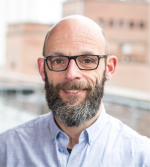
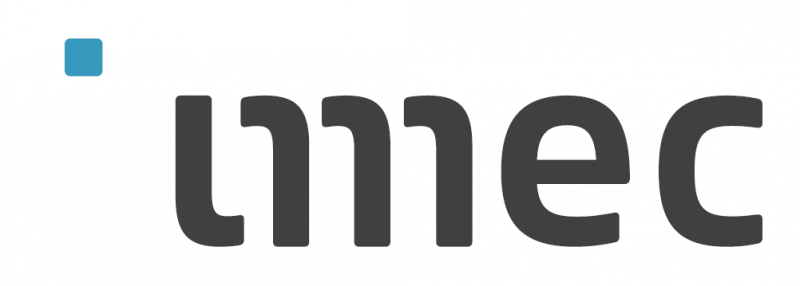 Abstract Biography |
|
| 13:50 | Specialty Markets & More-than-Moore (MtM) Technologies |
Llew Vaughan-Edmunds, Applied Material Specialty Markets & More-than-Moore (MtM) Technologies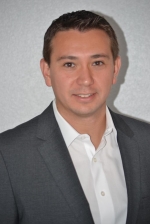
 Abstract Biography |
|
| 14:15 | Interconnects, scaling and integrational aspects in 300mm R&D |
Lukas Gerlich, Project manage, Fraunhofe ipms Interconnects, scaling and integrational aspects in 300mm R&D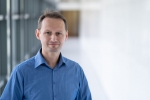
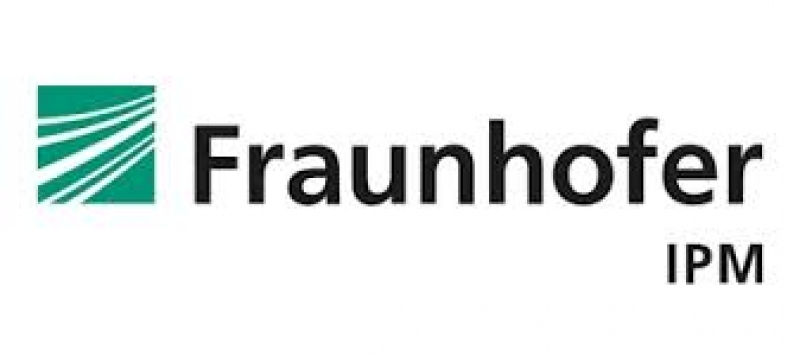 Abstract Biography |
|
| 14:40 | More than Moore with engineered substrates |
Thomas Piliszczuk, Soitec More than Moore with engineered substrates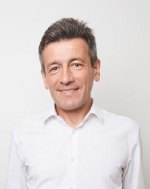
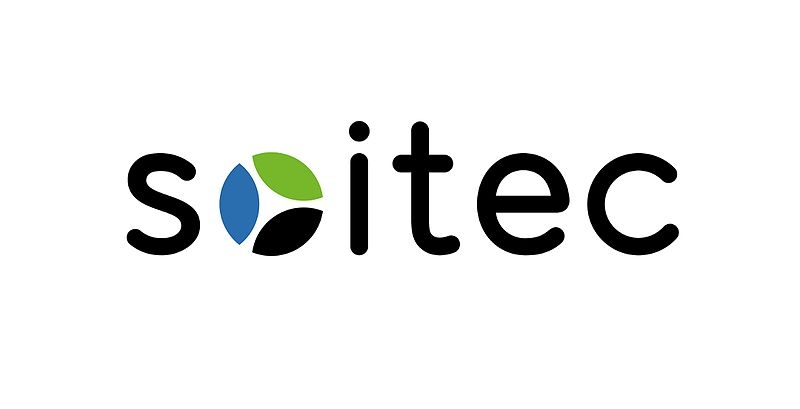 Abstract Biography |
|